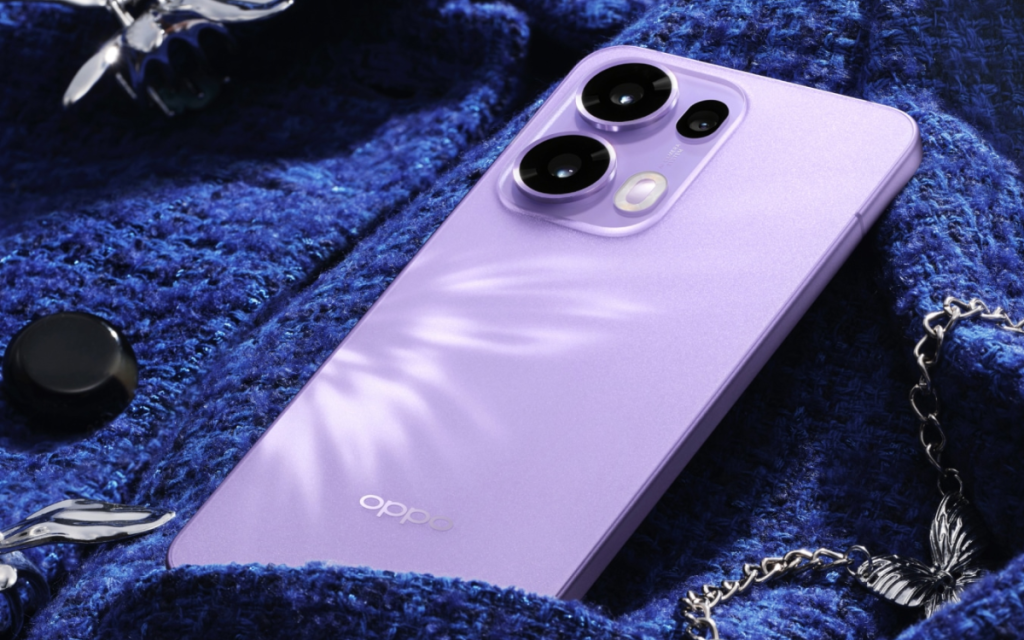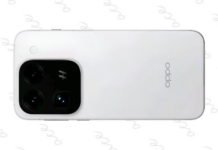Oppo’s Reno series has always been a showcase for innovation in design and cutting-edge features, and the recently launched Reno 13 Pro further builds on the success of the Reno 12 Pro. While both devices target upper midrange smartphone users, the Reno 13 Pro introduces several significant upgrades over its predecessor. Here’s a detailed comparison to understand how the Reno 13 Pro stands apart from the Reno 12 Pro.

1. Display and Design
The Reno 12 Pro features a 6.7-inch Full HD+ AMOLED display with quad-curved edges, offering a resolution of 2412 × 1080 pixels. It supports a 120Hz refresh rate, 1200 nits of peak brightness, and Corning Gorilla Glass Victus 2 for durability.
In contrast, the Reno 13 Pro boasts a 6.83-inch 1.5K AMOLED display with a resolution of 2800 x 1272 pixels, pushing visual quality a notch higher. The 1.5K resolution delivers sharper images and better color reproduction, coupled with 3840Hz PWM dimming to reduce eye strain. Additionally, the display retains the 120Hz refresh rate and 1200 nits peak brightness but introduces a quad-curved edge design that enhances the premium look and feel.
Both models are lightweight and slim, with the Reno 13 Pro slightly larger and heavier at 197g, compared to the Reno 12 Pro’s 180g. Furthermore, the Reno 13 Pro is equipped with IP66, IP68, and IP69 ratings, making it more resistant to water and dust compared to the Reno 12 Pro’s IP65 rating.
2. Performance
The Reno 12 Pro runs on the MediaTek Dimensity 7300-Energy SoC, co-developed with Oppo, providing efficient performance for everyday use. It is paired with up to 12GB of LPDDR4X RAM and 512GB of UFS 3.1 storage.
The Reno 13 Pro takes a leap forward with the latest MediaTek Dimensity 8350 processor built on a 4nm architecture. This octa-core chip clocks up to 3.35GHz and comes with the Mali-G615 MC6 GPU, ensuring better gaming performance and multitasking. The device also supports up to 16GB of LPDDR5X RAM and 1TB of UFS 3.1 storage, offering a faster, more seamless user experience. Additionally, the inclusion of Oppo’s X1 chip in the Reno 13 Pro enhances network quality and stability.
3. Camera
The Reno 12 Pro features a 50MP primary camera with the Sony LYT-600 sensor, an 8MP ultra-wide camera, and a 50MP 2x telephoto lens. It also has a 50MP front camera, perfect for selfies and video calls.
The Reno 13 Pro improves on this with a 50MP primary camera using the superior Sony IMX890 sensor, which offers better low-light performance and sharper images. It retains the 8MP ultra-wide camera but upgrades the telephoto lens to a 50MP 3.5x periscope camera with enhanced zoom capabilities. The front camera remains the same at 50MP, ensuring high-quality selfies.
4. Battery and Charging
The Reno 12 Pro packs a 5000mAh battery with support for 80W SuperVOOC fast charging, providing quick and reliable power-ups.
The Reno 13 Pro steps up with a larger 5800mAh battery that also supports 80W SuperVOOC fast charging. Moreover, it introduces 50W AIRVOOC wireless charging, making it the first Reno series device to feature wireless charging capabilities. This addition makes the Reno 13 Pro more versatile and convenient for users who prefer wireless solutions.
5. Software
The Reno 13 Pro ships with Android 15 and ColorOS 15, offering the latest features and optimizations, including advanced multitasking and privacy enhancements. The Reno 12 Pro, while still modern, runs on Android 14 with ColorOS 14.1, and while Oppo promises three years of OS updates, it is still a generation behind the Reno 13 Pro.
6. Conclusion
The Oppo Reno 13 Pro is a substantial upgrade over the Reno 12 Pro in almost every aspect, from the display and performance to the camera and durability. It caters to users who want cutting-edge technology, superior photography features, and better all-around durability. However, if you’re on a budget or already own a Reno 12 Pro, the improvements might not justify the cost of upgrading.
In related news, Oppo has also introduced the Oppo Pad 3 tablet featuring the Dimensity 8350 chipset, an 11.6″ 2.8K 144Hz display, and a 9510mAh battery. Learn more here.







